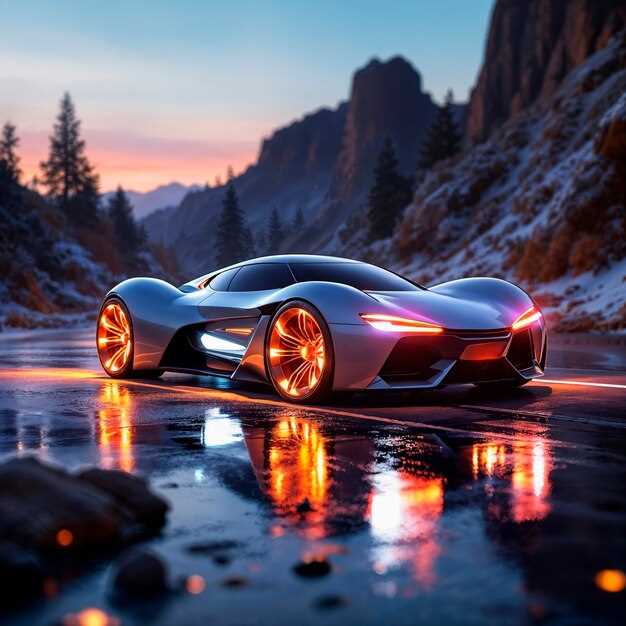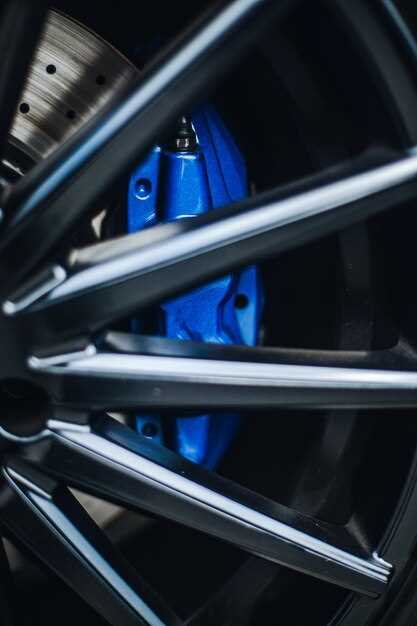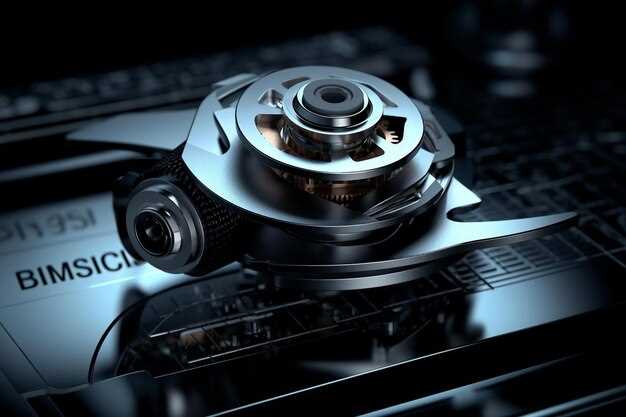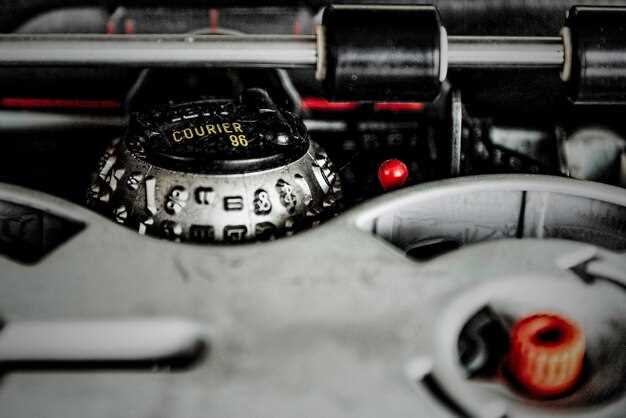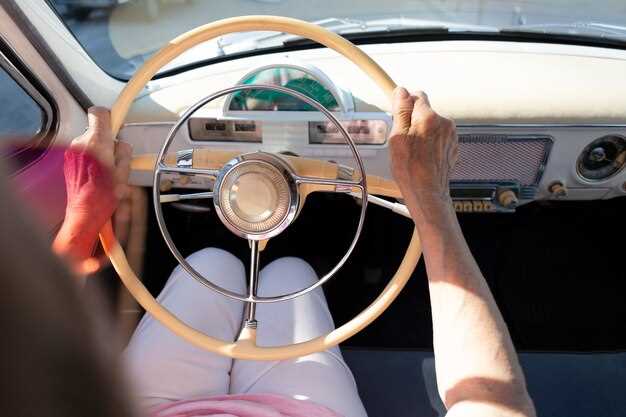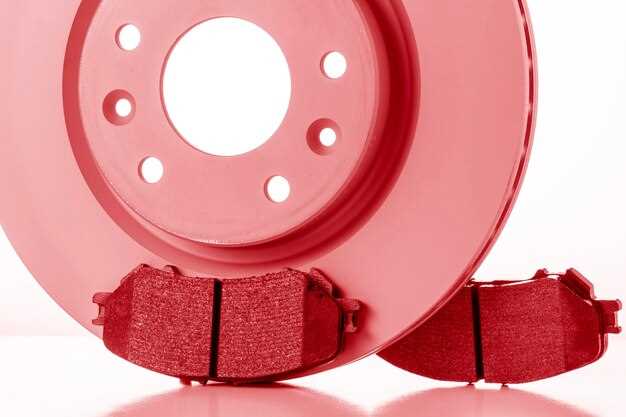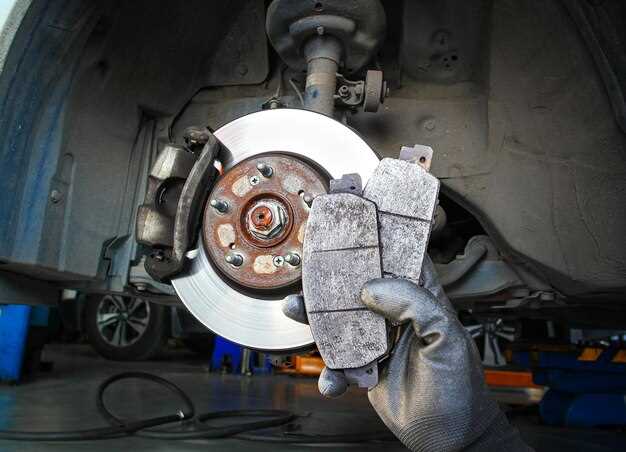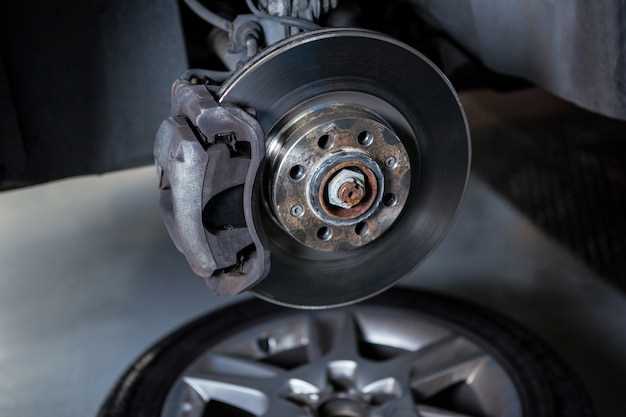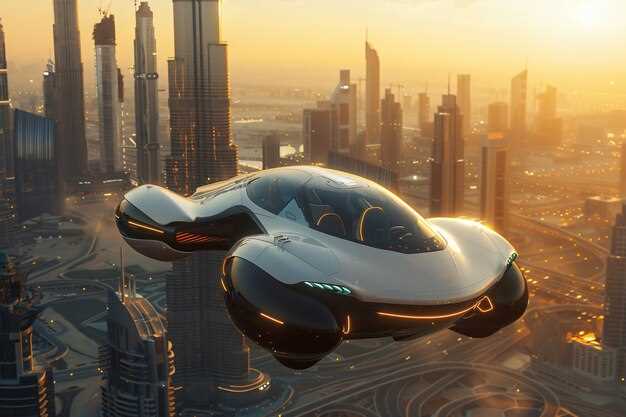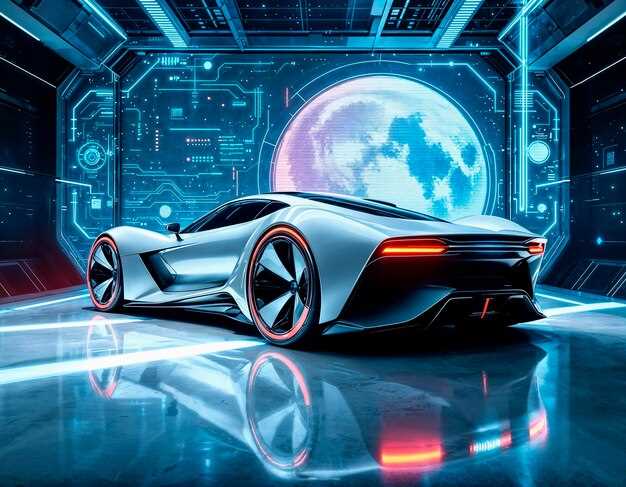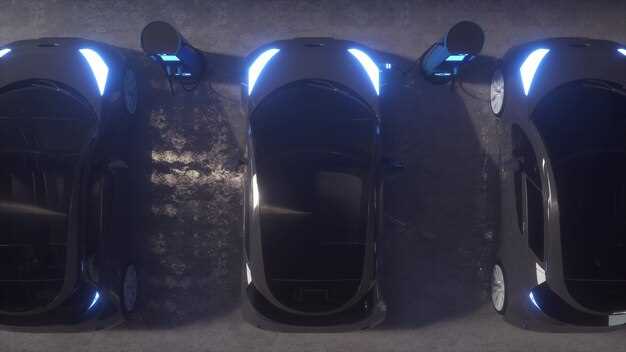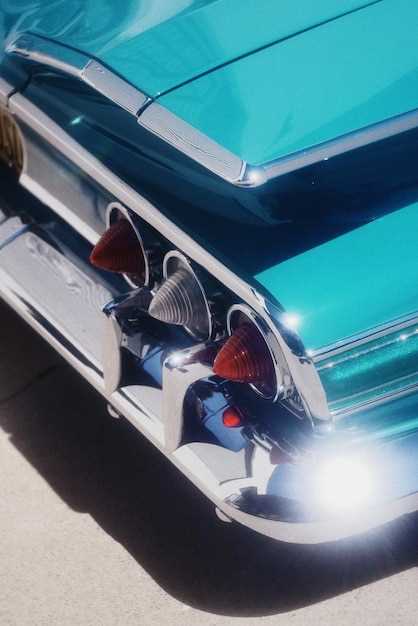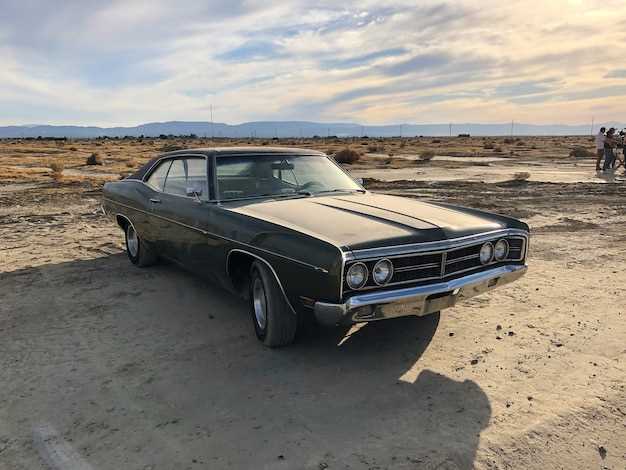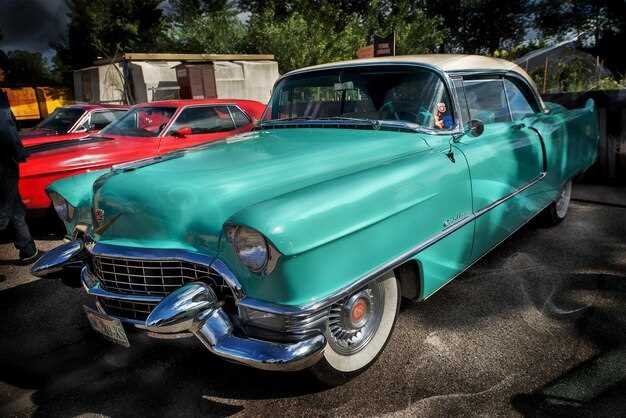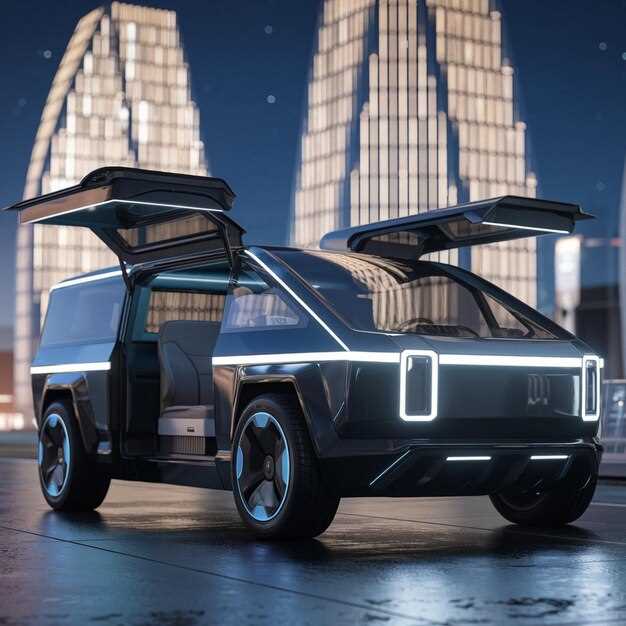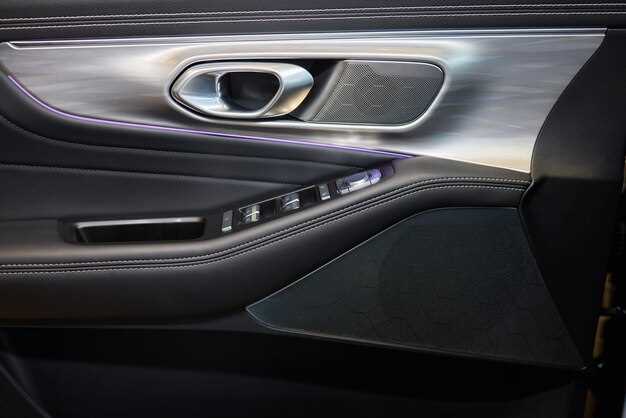
The 2025 Formula 1 season is poised to usher in a new era of racing excitement, with teams and drivers preparing to push the limits of speed, technology, and strategy. As fans eagerly anticipate the launch of this season, a multitude of changes and developments are shaping the landscape of F1 racing. From innovative technical regulations to the evolving competitive dynamics, the upcoming season promises to deliver thrilling action on and off the track.
Key adjustments in the regulatory framework for the 2025 season aim to enhance both sustainability and competitiveness within the sport. With increasing focus on environmental responsibility, teams are adapting their strategies to utilize more efficient power units and introduce sustainable practices. These changes not only impact the performance capabilities of the cars but also reflect a broader commitment to the future of motorsport.
Moreover, the driver lineup for the 2025 F1 season is generating considerable buzz among fans and analysts alike. The arrival of new talents and the retention of established stars are set to create intriguing rivalries and dynamics on the grid. As teams refine their strategies and prepare for the challenges ahead, the anticipation surrounding the battles between old rivals and emerging talents adds an extra layer of excitement to the upcoming season.
Key Technical Innovations for the 2025 Season
The 2025 F1 season promises to introduce several groundbreaking technical innovations aimed at enhancing performance, sustainability, and safety. One of the most anticipated advancements is the implementation of improved hybrid power units, which will focus on maximizing energy recovery and efficiency. These units are expected to deliver higher power outputs while minimizing fuel consumption, aligning with the sport’s commitment to sustainability.
Another significant change will be the introduction of advanced aerodynamics designed to reduce drag and optimize downforce. The 2025 season will see teams utilizing innovative materials and designs that allow for more flexible aerodynamics, enabling cars to adapt more effectively to varying track conditions. This evolution aims to improve on-track overtaking and enhance overall race excitement.
Moreover, the integration of artificial intelligence (AI) in data analysis will revolutionize race strategy decisions. Teams will deploy sophisticated algorithms to predict tire performance and track changes, giving them a competitive edge during races. This technology will also contribute to improved pit stop strategies, further influencing race outcomes.
Safety is another crucial area of innovation. The 2025 F1 season will feature enhanced cockpit protection systems, incorporating advanced materials that are both lightweight and strong. These developments aim to safeguard drivers against impacts and improve overall car safety during high-speed incidents.
Lastly, tire technology will see advancements with the introduction of low-degradation compounds that maintain performance levels for longer durations. This innovation will allow for more strategic tire management and potentially alter race dynamics, encouraging teams to explore different pit stop strategies.
As the 2025 season approaches, these technical innovations not only aim to elevate the performance of F1 cars but also ensure that the sport remains at the forefront of technology and sustainability initiatives.
Driver Lineup Changes and Team Strategies
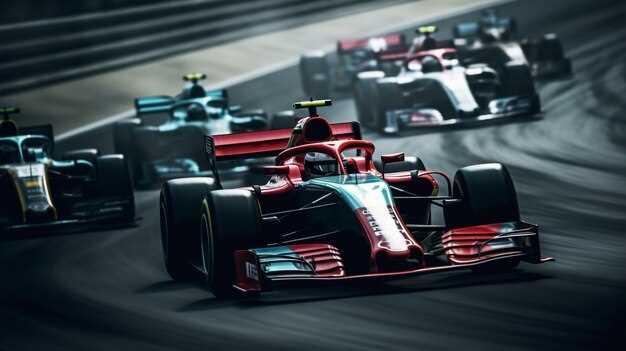
The 2025 Formula 1 season is poised to be a year of significant change as teams reassess their strategies and driver lineups in response to evolving performance metrics and competitive pressures. Several high-profile moves are expected to reshape the grid, influencing how teams approach their racing strategies.
- Key Driver Changes:
- Major teams like Mercedes and Red Bull are expected to make bold decisions regarding their star drivers, potentially swapping talents to enhance competitiveness.
- New entries from young, up-and-coming drivers could challenge established veterans, forcing teams to adapt their strategies quickly.
- Driver contract negotiations have been intense, with team principals keen to lock in talent that complements their long-term vision.
- Team Strategic Shifts:
- Teams are investing heavily in simulation technologies to better understand tire wear and race dynamics, which will be critical in the 2025 racing calendar.
- Collaboration with technology firms is expected to enhance car performance, pushing teams to adopt more aggressive strategies for race execution.
- Increased focus on sustainability may see teams tweak their strategies to accommodate hybrid power units more effectively.
- Adaptation to Regulations:
- With changes in technical regulations for 2025, teams are likely to revise their designs, leading to a re-evaluation of driver skill sets required for optimal performance.
- Focus on Youth:
- There is a trending shift towards promoting younger drivers, which may result in teams prioritizing versatility and adaptability in their racing strategies.
Ultimately, the interplay between driver changes and strategic adaptations will define the narrative of the 2025 Formula 1 season. As teams navigate through these transitions, their ability to innovate and respond to the competitive landscape will dictate their success on the track.
Impact of Regulations on Race Strategies and Outcomes
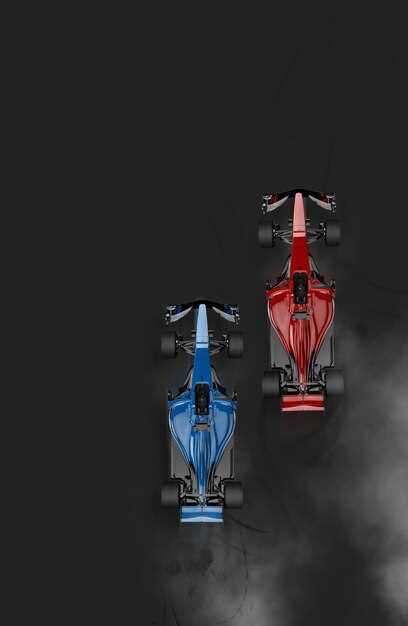
The Formula 1 2025 season is poised to witness significant transformations in race strategies due to evolving regulations. These changes are designed to enhance safety, improve competitiveness, and promote sustainability within the sport. As teams adapt to new rules, the dynamics of race strategies will inevitably shift, potentially altering outcomes on the track.
One of the major aspects of the new regulations involves changes in engine specifications and fuel types, pushing teams to innovate. The shift towards hybrid and sustainable fuel sources will necessitate a reevaluation of power unit management during races. Teams will need to optimize energy deployment strategies, balancing performance with the need for efficiency throughout the race distance. This will likely lead to more strategic decisions regarding pit stops and tire management.
Furthermore, alterations in aerodynamics and car design rules will impact handling characteristics and speed. Teams may need to adapt their race strategies based on these aerodynamic changes, particularly in how they approach overtaking maneuvers and managing tire wear during varying conditions. Enhanced car stability could lead to more aggressive driving styles, while challenges in maintaining grip could prompt a more conservative approach. The blend of new technical regulations will force teams to rethink their setups for each circuit, directly influencing race tactics.
The introduction of stricter penalties for violations, such as track limits or unsafe driving, is another regulation expected to reshape strategies. Teams will have to devise careful plans that mitigate risks during races, particularly in high-stakes situations where points are on the line. Consequently, drivers may adopt a more strategic mindset, focusing on consistent finishes rather than aggressive overtakes, preserving their positions in the championship standings.
In summary, the impact of the 2025 regulations on race strategies will be profound. Teams that excel in understanding and adapting to these changes will likely gain a competitive edge, influencing both individual race outcomes and the overall championship narrative in this F1 season.



